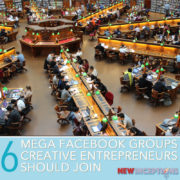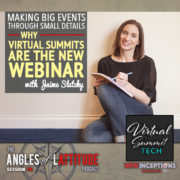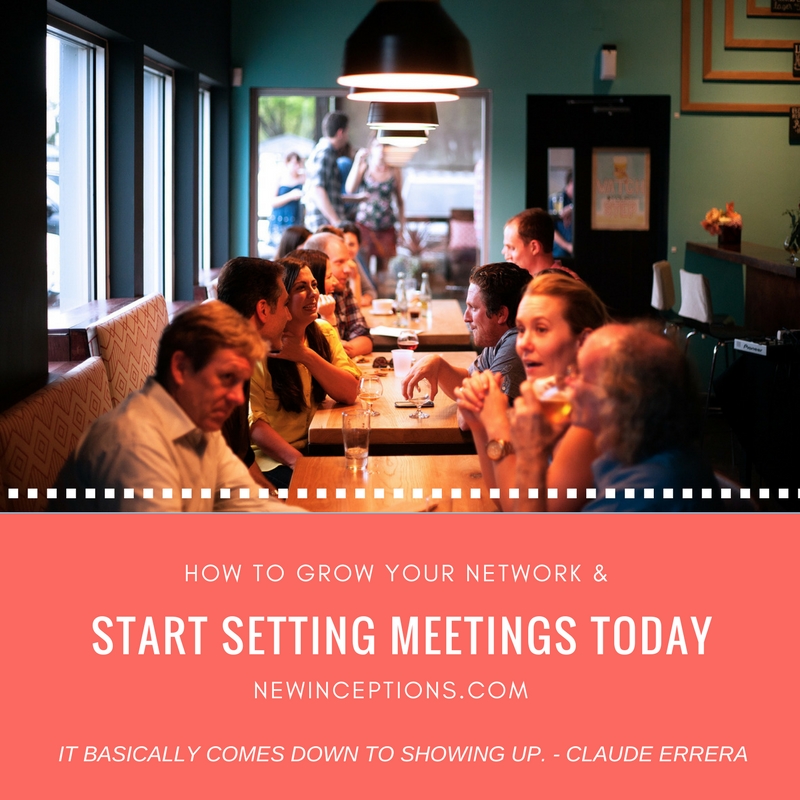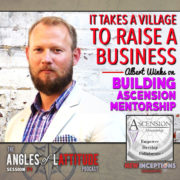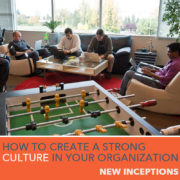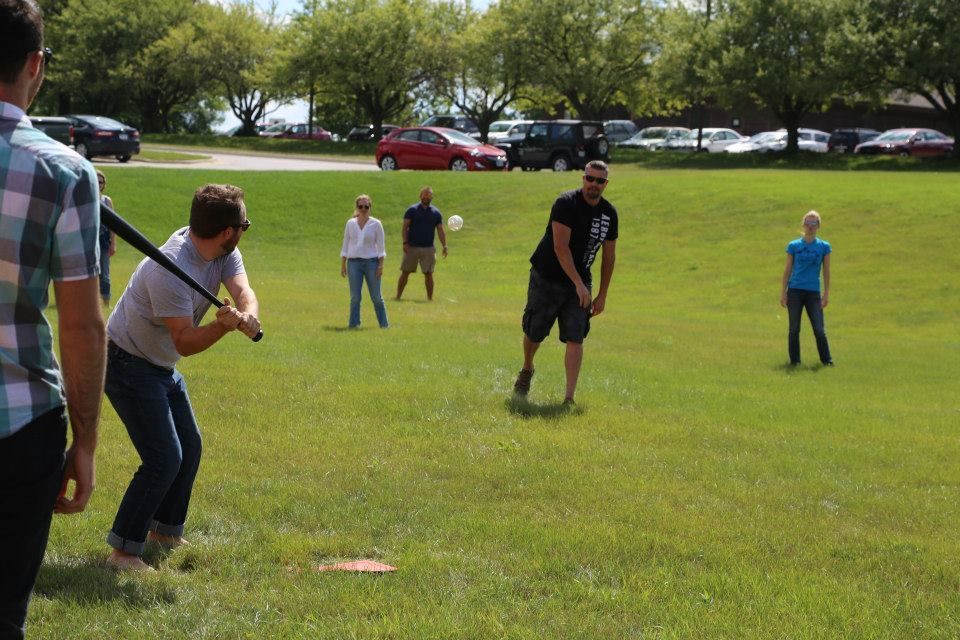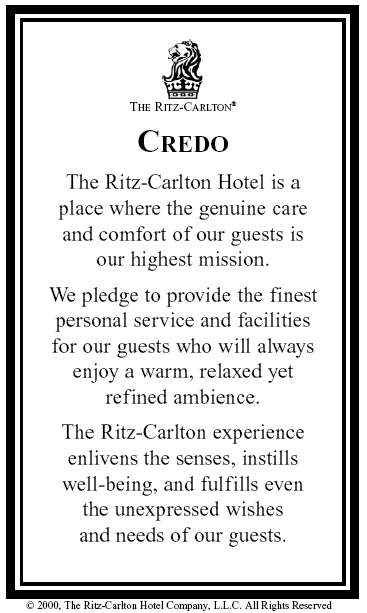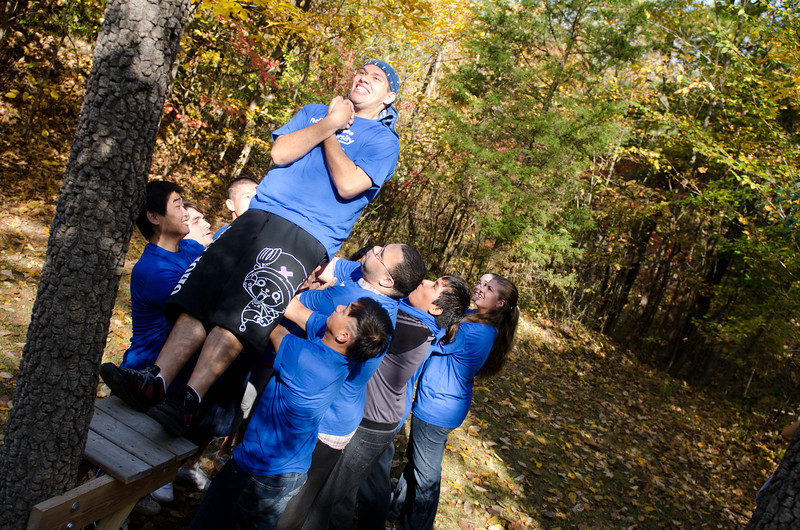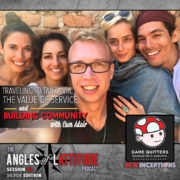6 Facebook Groups for Creative Entrepreneurs – My Facebook Groups List Revealed!
When Facebook first started, it was mainly geared towards college students. Back then, it had features that reflected that fact. I remember there was one place where you could put in the classes you were taking – and let’s not forget that you could only register with .edu email accounts.
One feature that’s been there the entire time has been the ability to form groups. Over the years, these groups have changed from being a place to share interests, to being almost forgotten during the early Facebook Page days, to now being the new way for online marketers to build followings.
Today, those groups that are successful have turned into mega groups. I call them mega groups because they have over a thousand members.
I’d say that many of these mega groups are some of the best places to build relationships and build awareness of the existence of whatever you’re trying to do.
In this post, I want to share with you the mega groups that I’ve found to be the most valuable. Not only do they come without a hidden agenda, but they really do foster an atmosphere for you to build your own thing!
Smart Passive Income Community
If you guys know me, you know that Pat Flynn has been a huge influence in my business career. It was mainly because of him that I realized that there were other ways for everyday folks to build passive income streams outside of multi-level marketing.
At the time of this writing, his Facebook group (Smart Passive Income Community) is over 30,000 members. It was one of the first places that I started networking when I really started building New Inceptions and seeing what value I could add.
Podcast Discovery Center
Ok, so as a podcaster, I’ve been looking to be involved in groups that didn’t have an agenda. I first found my local group, Podcast Indy, but soon realized that I was one of the few business related podcasts in the group. Kinda hard to make guest appearances on other shows if they’re all talking about pop culture and geek related topics.
I knew I had to find another larger group.
That’s when I found the Podcast Discovery Center, also known as the PDC. Hosted by Scott Doucet (AoL Session 080) and Anthony Hayes (AoL Session 087), this place is a great resource for podcasters who want to jump in, hone their craft, and meet other podcasters in their niche.
It’s a really great place to build relationships with other folks who use podcasting as one of the ways to get their voice out onto the web too!
Millennial Entrepreneur Community
As I’ve been meeting other podcasters through the PDC, I met one in the business niche who had a fairly large following.
Arne Giske (AoL Session 084), host of the Millennial Entrepreneur Podcast and founder of the Millennial Entrepreneur Community, is pretty darn good at this group building thing. Not only has he given it a very laid back style where people have the opportunity to present their wares, but also a place to be open about your issues as an entrepreneur and any issues you might be having! A great community for beginners and veterans alike!
The Rising Tide Society
Another large group (The Rising Tide Society) I recently heard about was through Steph Crowder’s (AoL Session 034) new podcast, Courage and Clarity. In session 11 & 12, she spoke with Natalie Franke who is the founder of the group.
Since Natalie made her business on photography, you can expect to see a lot of photographers in this one!
Shoot Videos That Sell
If your thing is more about video production, here’s a group that might interest you. When it comes to making great videos, there’s a couple of people that I’d recommend following. Their names are Caleb Wojcik and Travis Shields.
Now, Caleb I know from the Pat Flynn / Fizzle side of the online marketing world. He’s awesome at what he does and you can find his PAGE here.
However, since we’re talking about Facebook groups in this post, the group I’d recommend is Travis Shields’ Facebook group Shoot Videos that Sell.
I didn’t know about Travis until recently, but I have to say that I’m impressed by his work. He is currently Brendon Burchard’s video guy for his studio work. So obviously, he knows what he’s talking about if he’s been hired by one the biggest names in digital marketing!
Order of Man
If you’re a guy and you’re wanting to do more with your life, but you feel stuck in a rut – I have a group for you. Join Ryan Michler (AoL Session 82) and his group Order of Man.
Now while this group isn’t exactly geared towards entrepreneurship as a whole, I think it’s important that entrepreneurs know the material that’s covered in it. There’s a lot of truth spoken.
Ryan LOVES to live streaming in his car. But man, those car rides definitely have some deep thoughts. And if you like what you see there, he’s starting to do live events as well. The most recent one he brought in David Rachford (Aol Session 038) to help his guests get a better grip on yoga!
If you think you have to be a male to get anything out this group, you might surprised. Maria tends to get just as much out from Ryan’s talk as she has from Jordan Harbinger from the Art of Charm.
Action Steps
So there you have it, the 6 mega Facebook Groups that I check out on a regular basis.
I feel this should definitely get you started in meeting new people online if that’s a goal of yours. Also, if you’re looking for just some cool groups to get some ideas from – these work as well!
Do you have any favorite entrepreneurial mega groups that you belong to that I didn’t list? Let me know about them in the comments below!

